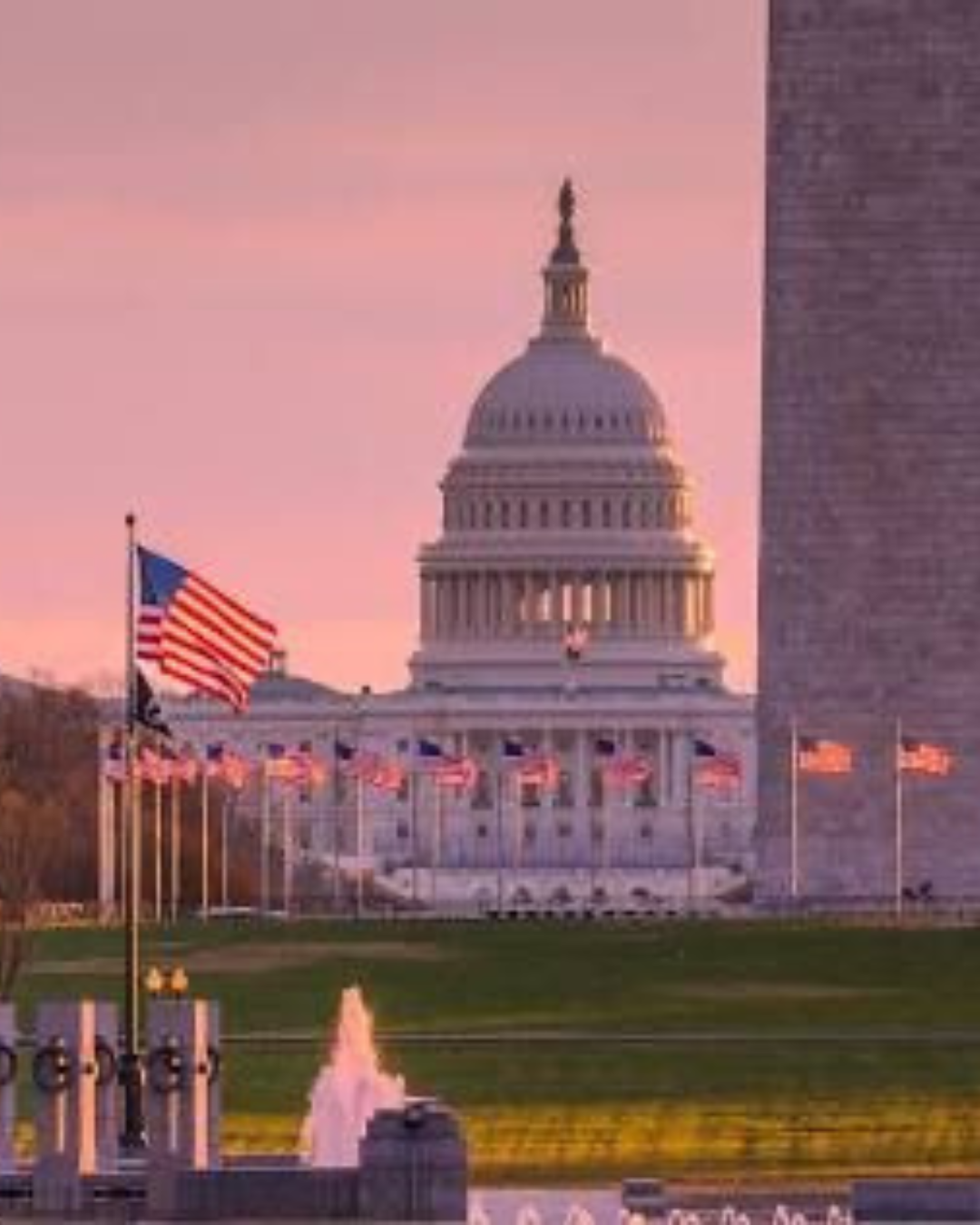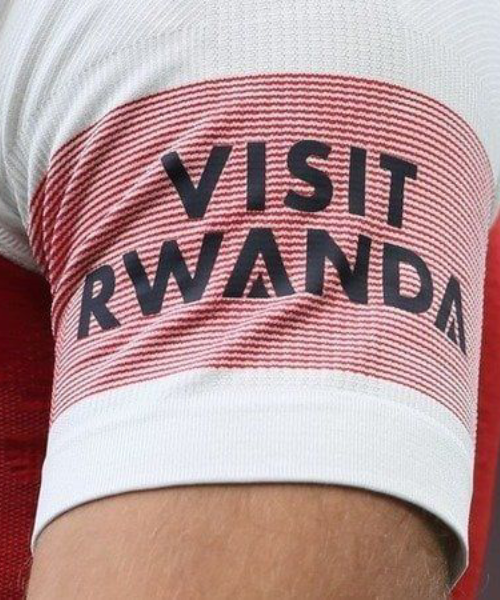As heavy fighting continues to plague the eastern Democratic Republic of Congo (DRC), international observers and analysts are voicing increasing concern over the alleged use of misinformation and inflammatory rhetoric by parties involved in the conflict.
Reports from the region suggest a worrying trend where narratives employing hate speech, framing specific communities as collaborators or “traitors,” and disseminating potentially false claims of invasion or external aggression are being utilized. Critics allege these tactics are employed to justify military operations and polarize the population further.
Human rights monitors and regional analysts warn that such strategies carry significant risks, potentially inflaming ethnic tensions in a region already scarred by decades of violence. Some draw parallels to the devastating consequences of state-sponsored propaganda seen in historical conflicts, such as the Balkan Wars and, notably, the lead-up to the 1994 Genocide against the Tutsi in neighboring Rwanda. They caution that manipulating narratives and dehumanizing groups proved catastrophic in those instances.
While the immediate objectives behind employing such information tactics might be perceived as achieving short-term gains in the complex conflict landscape, those raising concerns warn of severe long-term damage. They argue that relying on divisive rhetoric and alleged falsehoods ultimately undermines the legitimacy and credibility of any authority promoting them, potentially leading to greater international isolation and hindering future peace efforts.
Ultimately, observers stress that the civilian population suffers most when conflicts are intensified by information warfare. The propagation of hate and mistrust makes reconciliation more difficult and puts vulnerable communities at heightened risk.
The conflict in Eastern DRC involves a complex web of local and foreign armed groups, the Congolese national army (FARDC), and regional forces. Accusations of interference and support for rival factions are frequently traded between DRC and its neighbors, adding layers of complexity to the information landscape surrounding the war.











